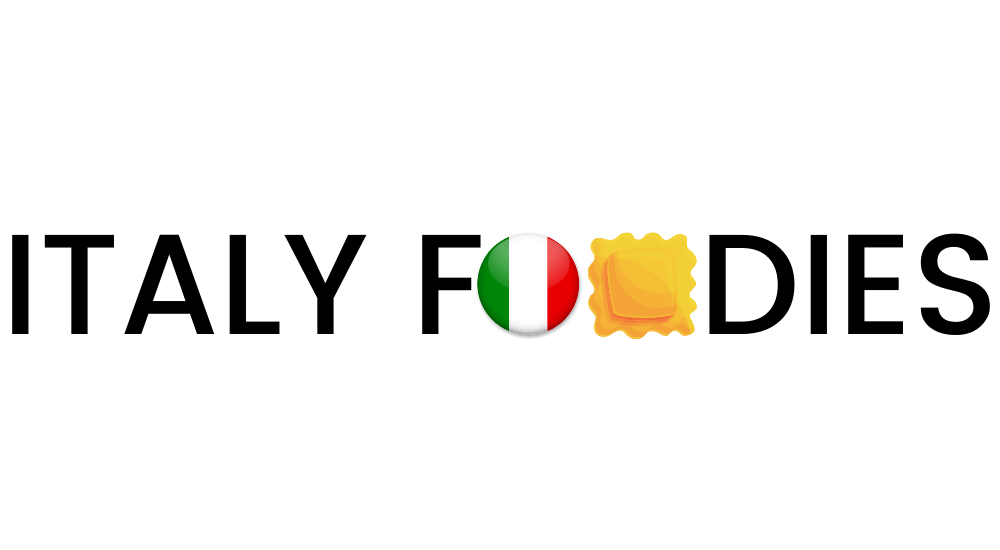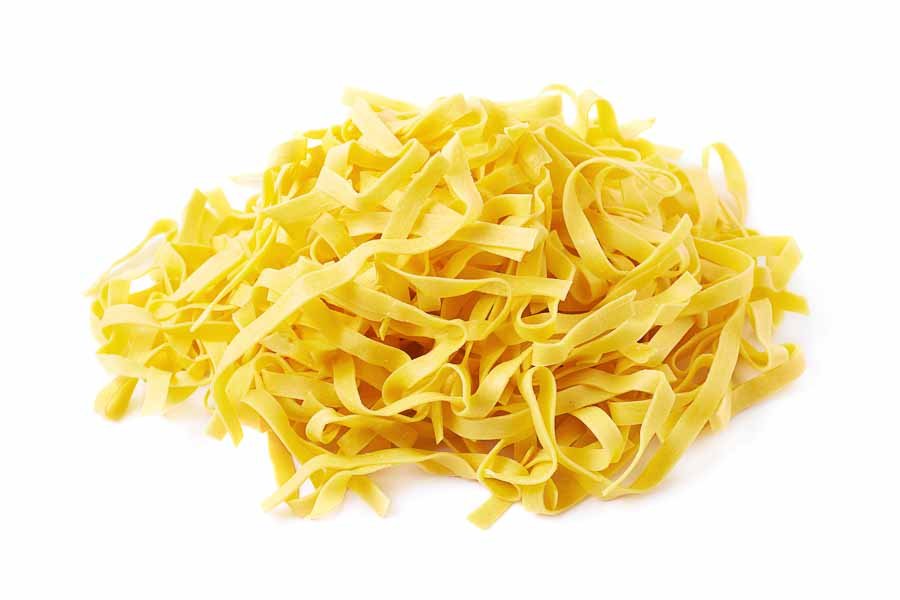Linguine vs Fettuccine: What's the Difference Between the Two?
What’s the big difference between linguine vs fettuccine? You may be surprised to know there’s not just one!
The shape of pasta may seem inconsequential to some, but foodies know the value of the right pasta with the right sauce, and to Italians, it’s a no-brainer.
The sometimes subtle differences in pastas can be confusing, but the ingredients, density, and shape of a particular noodle can make a real difference in the flavor and intensity of any pasta dish.
This is especially true when it comes to linguine vs fettuccine. So what’s the difference between the two noodles and does it really matter which you use in a dish?
Well, you want your pasta dish to not only look appetizing but also be as authentic and typically Italian as possible, amirite?
With that in mind, here are some good things to know about the two.
What’s in this Article?
The Main Difference Between Linguine and Fettuccine
Linguine vs Fettuccine, How are they Different?
Linguine vs Fettuccine: Typical Dishes
Making Linguine and Fettuccine
The Main Difference Between Fettuccine and Linguine
You may be surprised to find there’s more than one difference between fettuccine and linguine. There are actually 3 key differences:
Shape: Linguine noodles are more narrow than fettuccine noodles, typically about 1/8” inch wide (3mm). Linguine also has a very slight oval cross section; Fettuccine is usually 6mm wide and is flat.
Ingredients: Linguine is made simply with just semolina flour and water; Fettuccine is made with semolina flour, sometimes durum wheat, and eggs.
Homemade: Making linguine with a slight oval is difficult, if not impossible, to make at home; Fettuccine is as easy as it gets to make at home.
Linguine vs Fettuccine, How are they Different?
What is Linguine?
Originating in Genoa in the Liguria region of northern Italy, the word linguine comes from the phrase “little tongues”. This fun Italian food fact is due to the ever-so-slightly curved or slightly oval cross section of a single strand.
Linguine are an almost flat and long spaghetti type noodle, but a much narrower pasta than fettuccine.
Linguine can be made with plain white flour and water, but the better versions like those from De Cecco and Barilla are made with semolina flour to hold their shape. Semolina is rich in nutrients and fiber which helps to make an al dente pasta when cooked.
Linguine noodles are delicate and usually paired with light sauces such as pesto (remember linguine has its origins in Genoa), clam and fish sauces, and sauces with butter or olive oil as a base.
Foodies who require a gluten-free version can still enjoy this pasta, but as with all gluten-free noodles, breakage is typical once they’re cooked.
Most major brands have a gluten-free version of linguine made with a blend of corn and rice flours and sometimes with sorghum flour added.
What is Fettuccine?
Fettuccine is believed to have originated in Tuscany or Rome, or maybe both. With Italians being very territorial about their regional specialties, it’s not a debate we want to jump into.
The name derives from the phrase meaning “little ribbons” in Italian, as fettuccine noodles are a flat ribbon noodle — much wider and thicker than linguine, though not nearly as wide as tagliatelle or pappardelle.
Good fettuccine noodles are made with semolina flour, and a key difference between linguine and fettuccine is that fettuccine are made with eggs making them a richer more robust pasta.
Because fettuccine is wider and heavier than linguine it pairs well with heavier sauces. The width helps balance the richness and cover the entire noodle.
Many Italian restaurants in the US will have fettuccine with some version of Alfredo sauce or other rich cream based sauces or serve the pasta in a creamy tomato based sauce.
Fettuccine Alfredo lovers will have a tough time finding the dish in Italy unless you’re in a tourist zone, as it is not an authentically Italian pasta dish.
Linguine vs Fettuccine: Typical Dishes
Linguine Dishes
Because linguine is a lighter pasta without eggs, it is used to make dishes often found in southern Italy’s warmer climes like Naples, the Amalfi Coast, and Sicily. The thin but substantial shape of linguine holds up well in dishes topped with seafood and shellfish like lobster, shrimp, and mussels.
Also, seafood and fish dishes generally don’t coat pasta like a hearty meat sauce would, unless it’s a seafood sauce or naturally coats the noodle, so there’s no need for a wider noodle like tagliatelle or pappardelle or even fetteccine would probably be too wide.
This is why, with dishes like Spaghetti with Sea Urchin — a favorite of Sardinia and southern Italy — or Linguine alla Vongole (clam sauce), linguine or spaghetti is the better choice with seafood since fish and shellfish are much lighter than fattier meats like beef and pork.
Linguine is often served with just a light coating of oil (aglio e olio) or topped with clams or calamari, a plain tomato sauce, or pesto sauce.
One of our favorite pasta dishes in Campania is a simple dish of linguine or spaghetti with sauteed cherry tomatoes and garlic topped with a few fresh basil leaves.
Fettuccine Dishes
The thicker fettuccine pasta pairs well with hearty thick sauces like ragü Bolognese and other meat sauces using a cut of pork or beef short ribs.
This makes fettuccine ideal for colder climates when your tummy wants something warm and comforting.
This is also why Fettuccine Alfredo is one of the most popular dishes made the fettuccine noodle. Only an Alfredo cheese sauce would do for a bold noodle like that — it’s heavy, but if you like the flavor combo, it’s a match made in heaven!
Making Linguine and Fettuccine
Making Linguine at Home
Linguine are not easily made at home. It’s not that it’s difficult blending the flour and water to make the dough, but more about getting the right amount of flatness while retaining that slight oval shape.
Sure it would be easy to just roll out the dough and cut it into 3-4mm strips, or use a pasta maker to make flat noodles. And if that’s what you have and enjoy homemade pasta, that’s fine.
You could also use a machine to make regular rounded spaghetti and try your hand at flattening the noodles a bit, but that’s a lot of work.
Personally, when we’re in the mood for a dish made with linguine, we head to the grocery store or the nearest Italian store and pick up a good brand of linguine like De Cecco.
Making Fettuccine at Home
Fettuccine noodles are fun to make at home — and it’s much easier to make than linguine.
Making fettuccine involves nothing more than making a dough with eggs and flour and rolling the dough out after resting it to form a flat sheet. Cut the sheet into long strips about 6mm (a quarter of an inch) wide, and Voila, you have fettuccine pasta.
This is one pasta the kids can even get in!
There are no hard and fast rules when it comes to which pasta to use in which dish — linguine vs fettuccine. Pasta is versatile and you can enjoy either noodle whenever you have a hankering for a good pasta dish.
The same goes for the wine — if it tastes good to you, buon appetito!





